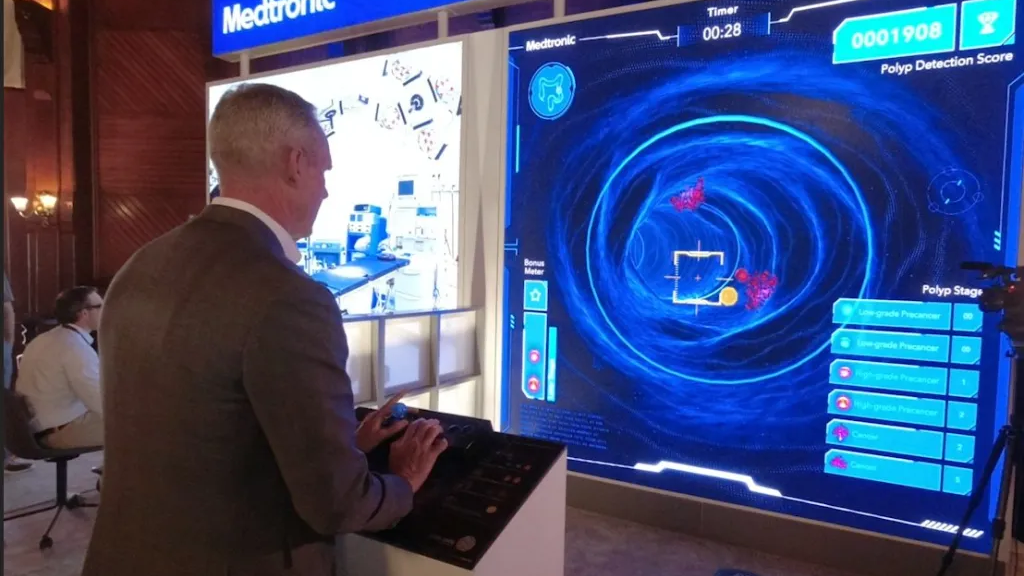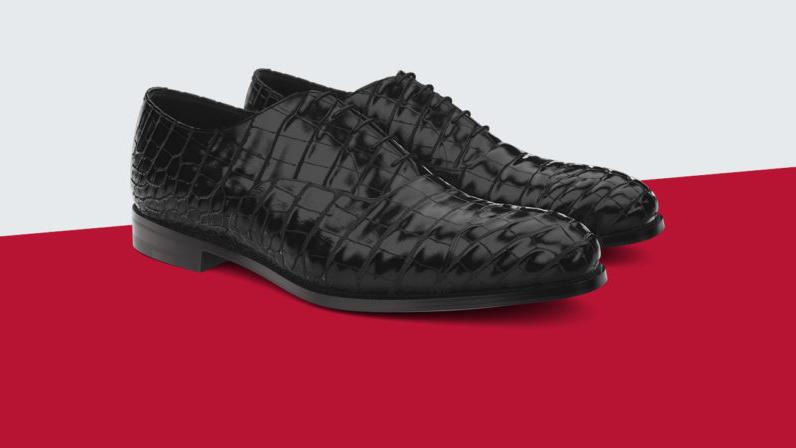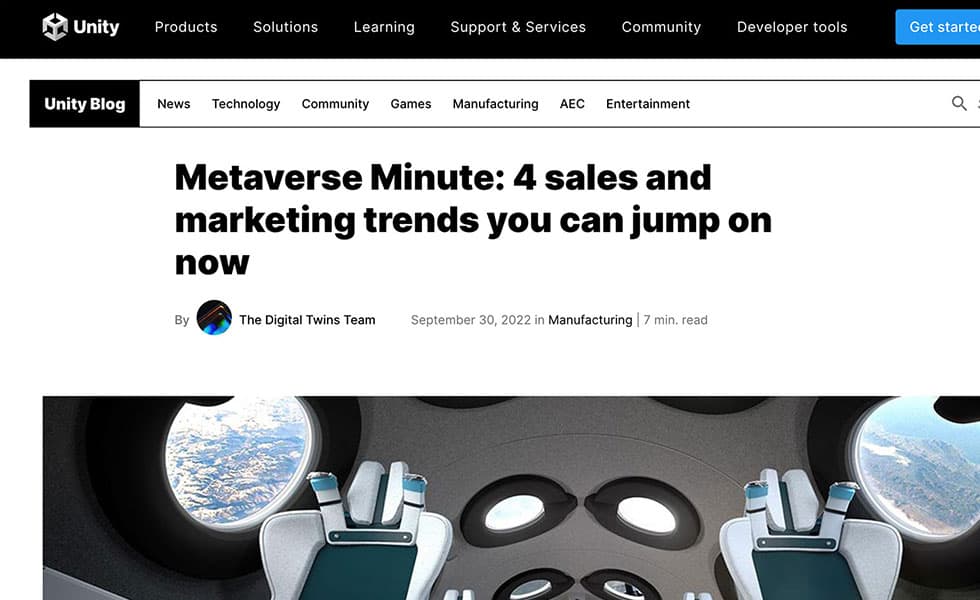Unity – Metaverse Minute: 4 Sales and Marketing Trends You Can Jump on Now

Originally appeared on Unity.com on September 30, 2022 – https://blog.unity.com/manufacturing/metaverse-minute-4-sales-and-marketing-trends-you-can-jump-on-now
With each evolution of communication, marketing and sales tactics have changed. The rise of print media gave us print ads, radio gave us radio ads, and this trend continued with television, podcasts, etc. So what does this mean for the metaverse? Think immersive, interactive, and customizable. In this edition of the Metaverse Minute, we break down some applications of Unity that could be a window into the future of marketing and sales techniques. Let’s see if we can sell you on them.

Trend 1: Experiential pitches for luxury items and travel
The challenge of convincing customers to buy increases with price, making big-ticket items a harder sell. For this reason, we see experiential metaverse technologies empowering luxury items and travel to sell themselves.
If the price is $450,000, it had better be a good pitch! This is one of the reasons Virgin Galactic hired global innovation company Seymourpowell to design the world’s first commercial spaceship.
Since the design and development of the spaceship took place during the pandemic, virtual reality was critical to the project. A digital twin of the cabin was created so prototyping and production of the spaceship could stay on schedule.
The usage of the digital twin didn’t end there. As Virgin Galactic began prepping for their marketing campaign, they realized the best way to sell seats was to let people sit in them. The team from Seymourpowell converted the digital twin into an experience, and this sales tactic did not disappoint.
Customers start at an iPad station where they answer a set of personality questions and create a photo-based avatar of themselves. After choosing a setting, their avatars were placed next to a configured car best suited to their personality. Users picture themselves in their future car with a 360º camera, snapping a selfie.
Trend 2: Virtual design for physical spaces
Imagine making that dream house plan once again and then converting it to a 3D blueprint with color and texture. Utopiq is working to make this possible. The team wants to simplify the process of home renovations into deciding on a shopping list, visualizing in 3D, and then placing your order.
The VOX brand has created their own solution for the products their sales teams are using in their showrooms. Customers are bringing their home to the store. This makes recommending design decisions and products much easier and creates a compelling reason for purchases.
Trend 3: Gamified marketing
Games offer a different, and sometimes more compelling, way for brands to build loyalty. Rather than being static, games offer an interactive way for marketers to engage with customers and give them an experience that sticks with them.
Groove Jones’ Medtronic experience

This unique experience put together by Groove Jones demonstrates the power of Medtronic’s GI Genius™ and PillCam™ systems. The GI Genius™ intelligent endoscopy module is the first-to-market, computer-aided polyp detection system powered by artificial intelligence (AI). The PillCam™ COLON capsule endoscopy system enables direct visualization of the colon with a noninvasive capsule endoscopy procedure, supporting early detection of polyps. This game educates potential customers how AI-powered systems can improve the early detection of precancerous polyps along the lower digestive tract.
Trend 4: Photorealistic rendering for retail
In an era where anyone can order anything online, what differentiates one brand from another? Online shopping has put immense pressure on retailers to develop a competitive edge. This is why Mitchell Harvey of Deckers told us his team turned to real-time 3D for product rendering. “There are no limitations to what you can explore to communicate your brand and offer an unforgettable experience to your consumer.”
Smartpixels

The team from Smartpixels found the same thing when Church’s reached out to them to create a configurator for the 75th anniversary of their Consul shoe. If a product looks photorealistic online, you’re way more likely to buy it. If you’re able to customize a product to your tastes, that increases the likelihood of purchase even further. This held true as real-time 3D and photorealistic rendering allowed Church’s to make 35% more per purchase.

